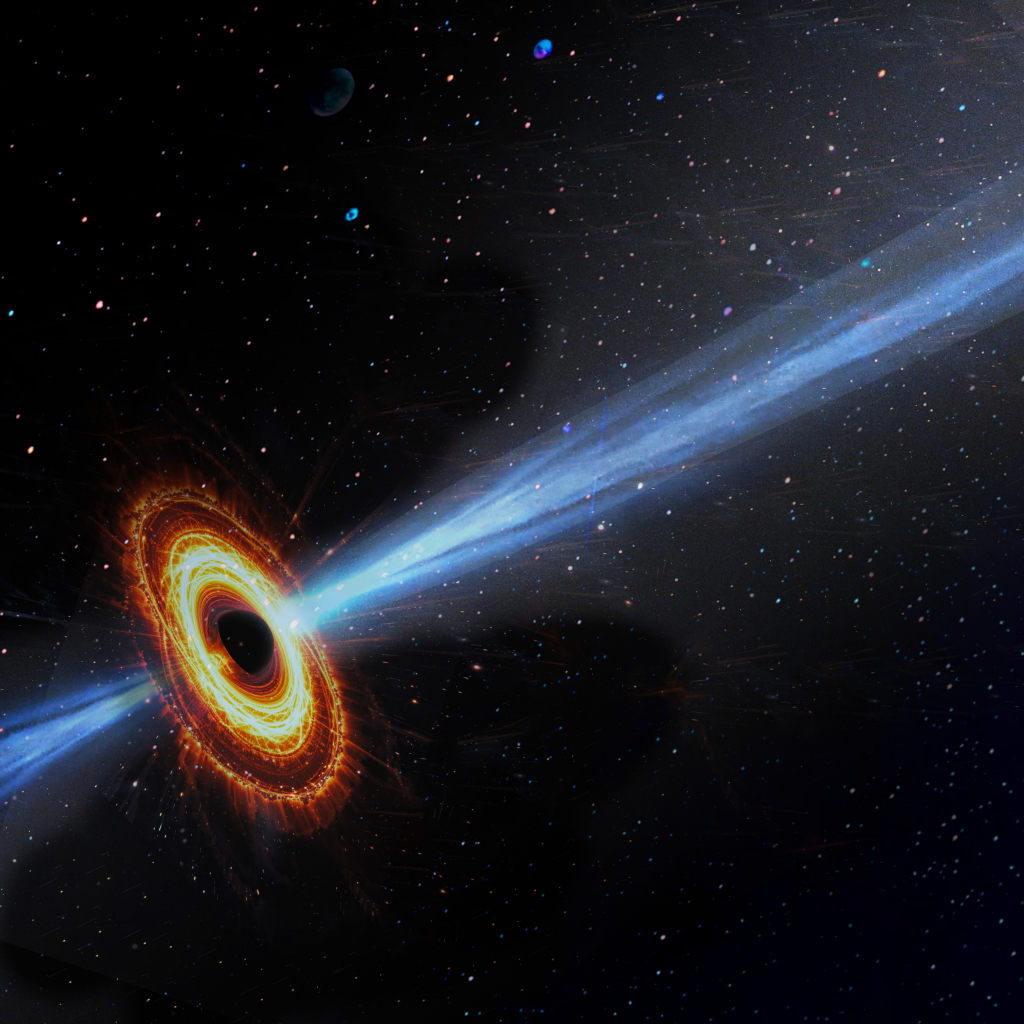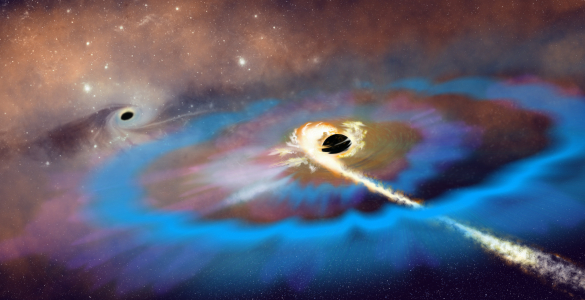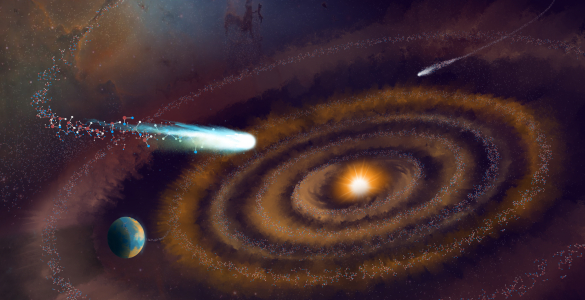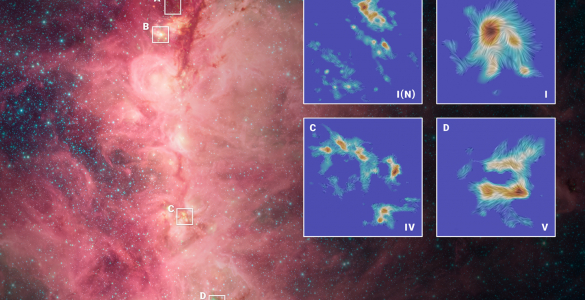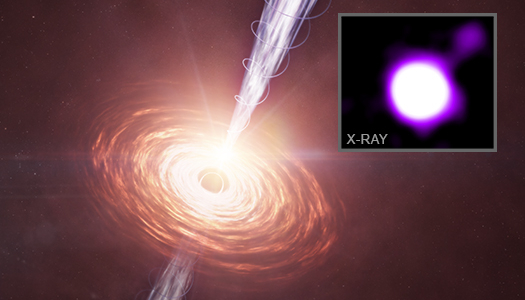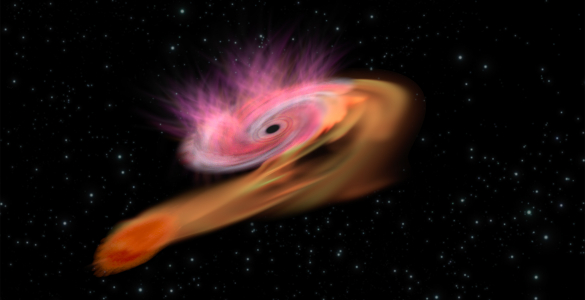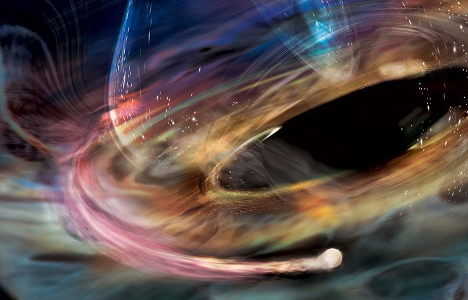An international team of astronomers has made significant strides in understanding the mysterious jets emanating from supermassive black holes at the centers of galaxies. A new study, which observed 16 active galactic nuclei, focused on the jets of these incredibly luminous objects powered by supermassive black holes. Researchers were able to probe the innermost regions of these systems, revealing details about their structure and behavior that were previously inaccessible.
This research used the Event Horizon Telescope (EHT). The EHT is an array of radio telescopes scattered across the globe, working together to form a virtual telescope the size of the Earth, which provided the resolution required to study black holes and their jets.
Telescopes of the U.S. National Science Foundation National Radio Astronomy Observatory (NSF NRAO) played a role in this research, including data from the NSF Very Large Baseline Array (NSF VLBA) and the NSF Green Bank Telescope, which is a part of the Global Millimeter VLBI Array. The EHT includes the Atacama Large Millimeter/submillimeter Array (ALMA) of which the NSF NRAO is a partner.
Read the full press release from the Event Horizon Telescope.






